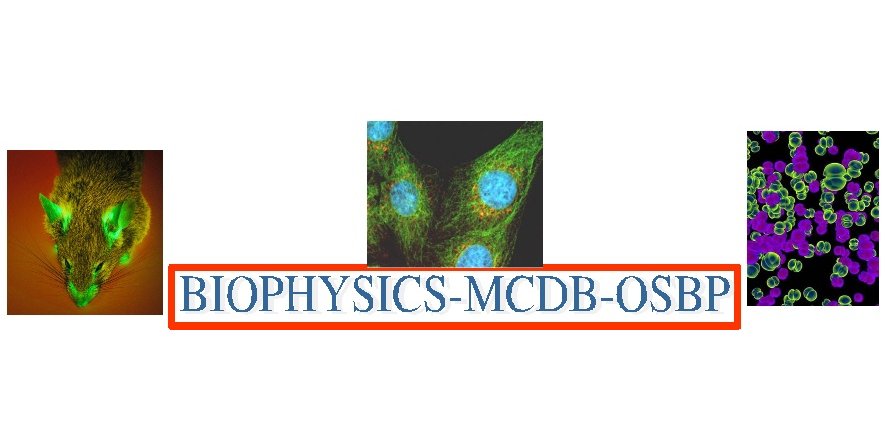Interdisciplinary Graduate Programs Symposium

2010 OSU Molecular Life Sciences
Interdisciplinary Graduate Programs Symposium

Talk abstracts
Abstract:
SLI is a heritable developmental language disorder occurring in absence of frank neurological or cognitive impairment. It is characterized by significant problems of comprehension and/or expression of spoken language. However, the difficulty defining SLI and the complex relationship between language and reading (in SLI) requires us to understand phenotypic and genetic heterogeneity in the context of the different phenotypic pathways to language impairment. Previously, we found compelling evidence for an SLI susceptibility locus using a reading impairment (RI) variable on 13q21-22 with a PPL of 53% (LOD=3.92). This finding was followed up with a replication PPL of 17% (LOD=2.62); joint analysis of both datasets shows strong evidence for linkage to 13q21 with a PPL of 96.9% (LOD=7.86). Despite the overwhelming evidence for a susceptibility allele in 13q21, localization of the specific risk variant is difficult due to the small population that is likely to harbor this rare variant. We therefore preformed epistasis analysis using a coding variant in brain-derived neurotrophic factor (BDNF) that has been associated with decreased hippocampal neuronal integrity, synaptic abundance and episodic memory performance. This analysis greatly increased the apparent signal to noise ratio for mapping this locus narrowing down our critical region to ~500kb which contains only one known gene.
References:
Bartlett CW, et al. (2002) A major susceptibility locus for specific language impairment is located on 13q21. Am J Hum Genet 71:45-55
Bartlett CW, et al. (2004) Examination of potential overlap in autism and language loci on chromosomes 2, 7, and 13 in two independent samples ascertained for specific language impairment. Hum Hered 57:10-20
Vieland VJ (2006) Thermometers: something for statistical geneticists to think about. Hum Hered 61:144-56
Vieland VJ, et al. (2008) A Multilocus Model of the Genetic Architecture of Autoimmune Thyroid Disorder, with Clinical Implications. Am J Hum Genet 82:1349-1356
Yang X, et al. (2005) The Posterior Probability of Linkage Allowing for Linkage Disequilibrium and a New Estimate of Disequilibrium between a Trait and a Marker. Human Heredity 59:210-219
Keywords: Linkage, Specific Language Impairment, Heritability